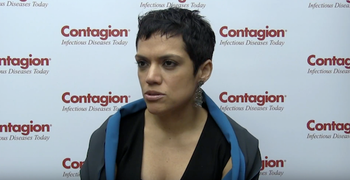
Silvia Munoz-Price, MD, PhD, explains different elements that should be incorporated into training programs for hospital epidemiologists.

Silvia Munoz-Price, MD, PhD, explains different elements that should be incorporated into training programs for hospital epidemiologists.

Alex Rinehart, PhD, identifies the target population for cabotegravir.
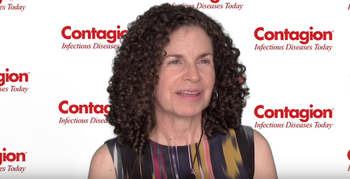
Jessica Justman, MD, shares why the Population-based HIV Impact Assessment Project is so important.
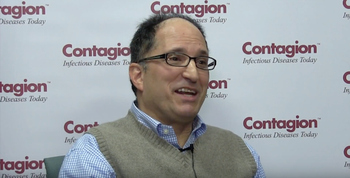
Daniel Pilch, PhD, explains which patients would not make good candidates for MRSA prodrug TXA709.
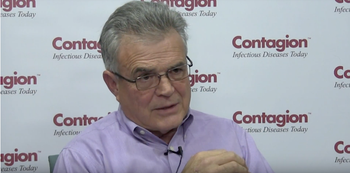
Edmond LaVoie, PhD, shares different approaches that can be used to forestall the development of antibiotic resistance.
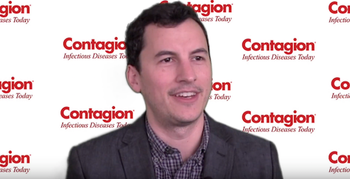
Alan Gross, PharmD, BCPS-AQID, shares how the Society of Infectious Diseases Pharmacists is working to improve antibiotic stewardship programs in long-term care facilities.
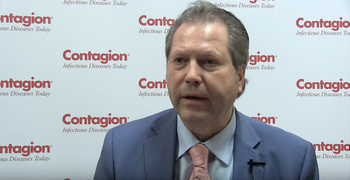
Joergen Richt, DVM, PhD, discusses animals that have proven susceptible to Zika virus replication after experimental infection.
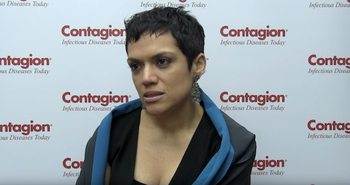
Silvia Munoz-Price, MD, PhD, shares a few issues that hospital epidemiologists currently face.

Julian Hurdle, PhD, explains research focused on validating FabK as an essential enzyme to be used as a narrow-spectrum drug target against Clostridium difficile.
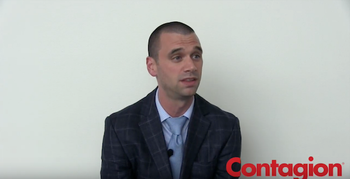
Jason Pogue, PharmD, BCPS-ID, explains the clinical significance of his research team’s findings regarding the use of ceftolozane-tazobactam to treat Pseudomonas infections.
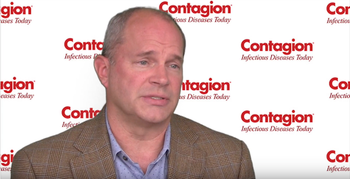
Alex Rinehart, PhD, explains how cabotegravir is a gender-neutral pre-exposure prophylaxis medication.
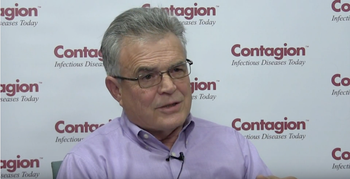
Edmond LaVoie, PhD, explains how his team’s approach can be applied in the development of novel drugs for the treatment of drug-resistant infections caused by Gram-negative and Gram-positive bacteria.
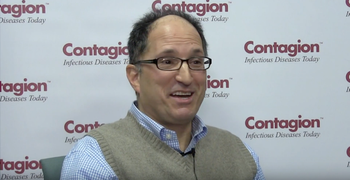
Daniel Pilch, PhD, discusses the approach that he and his team took to develop a new drug to fight MRSA.

Kenneth Mayer, MD, discusses some societal challenges that at-risk individuals face today that may keep them from taking pre-exposure prophylaxis.
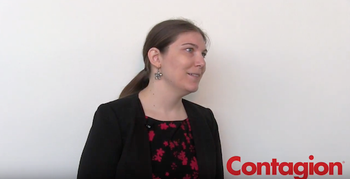
Milena McLaughlin, PharmD, MSc, explains how antimicrobial shortages differ between high- and low-income countries.
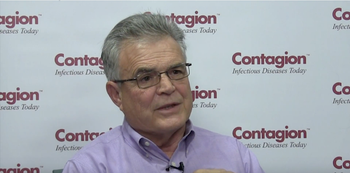
Edmond LaVoie, PhD, describes the properties of prodrug TXA709.

Daniel Pilch, PhD, discusses the potential of Staphylococcus aureus to develop resistance to TXA709.
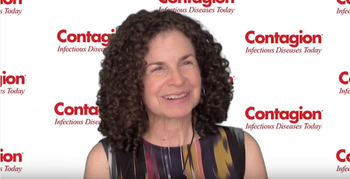
Jessica Justman, MD, explains the PHIA Project (population-based HIV impact assessments).

Meghan Jeffres, PharmD, discusses the legal liability of prescribing beta-lactams to patients who are allergic to penicillin.

ason Gallagher, PharmD, BCPS FCCP, FIDSA, explains why clinicians should be aware of the challenges associated with getting antimicrobial susceptibility testing results.

Arjun Srinivasan, MD, discusses how outbreaks can occur in operating rooms.
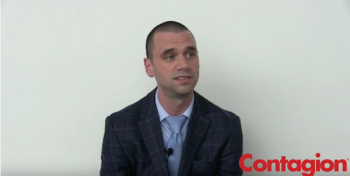
Jason Pogue, PharmD, BCPS-ID, explains how ceftolozane-tazobactam differs from other beta-lactams for treating Pseudomonas infections.

Hanneke Schuitemaker, PhD, explains what makes Janssen’s new HIV-1 vaccine regimen unique.

Milena McLaughlin, PharmD, MSc, explains ways to remain vigilant when it comes to drug shortages.
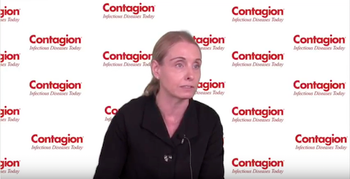
Elizabeth Phillips, MD, FRCPC, FRACP, addresses the misconceptions about penicillin allergies.

Meghan Jeffres, PharmD, discusses the utility of penicillin skin testing for patients labeled as penicillin allergic.

Alex Rinehart, PhD, Director, Global Prevention Strategy, ViiV Healthcare, explains what makes cabotegravir a unique medication for HIV.
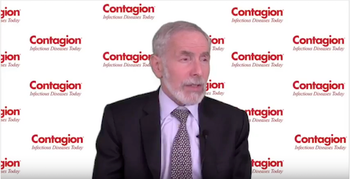
Kenneth Mayer, MD, explains why primary care providers need to have a good sense of their patients in order to help them decide if PrEP is right for them.

Benjamin Young, MD, PhD, discusses the four partners behind the Fast-Track Cities Initiative.
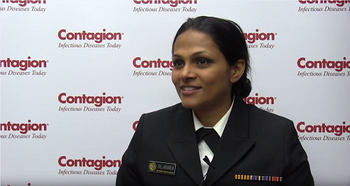
Snigdha Vallabhaneni, MD, MPH, shares actions patients and their visitors can take to protect themselves from Candida auris.